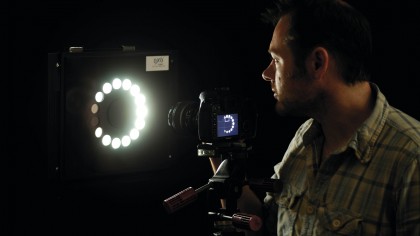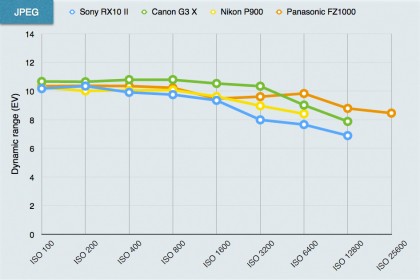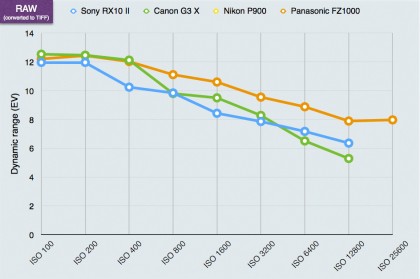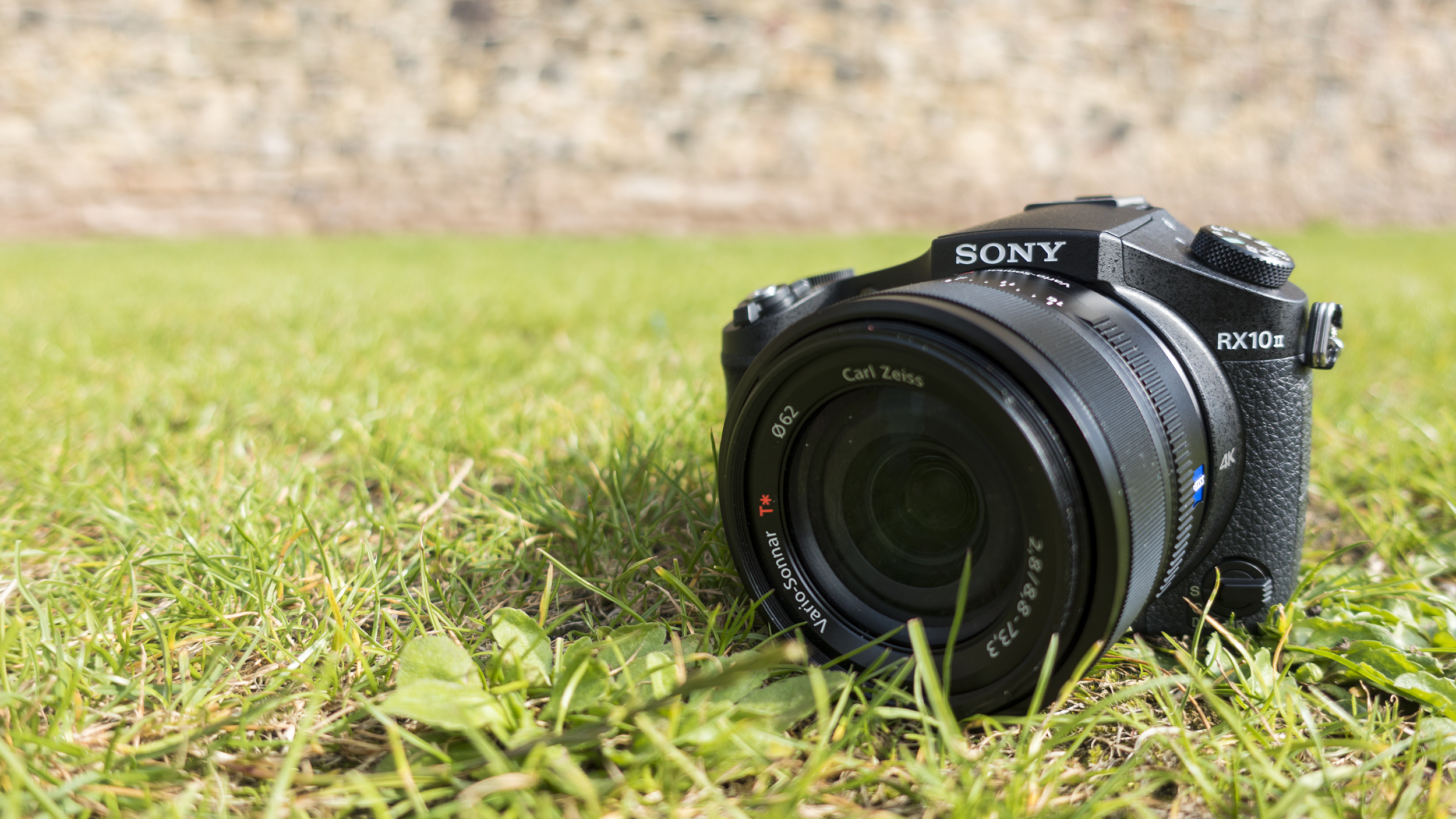Why you can trust TechRadar
Dynamic range is a measure of the range of tones the sensor can capture. Cameras with low dynamic range will often show 'blown' highlights or blocked-in shadows. This test is carried out in controlled conditions using DxO hardware and analysis tools.

Read: Noise and dynamic range results explained
Dynamic range is measured in exposure values (EV). The higher the number the wider the range of brightness levels the camera can capture. This falls off with increasing ISO settings because the camera is having to amplify a weaker signal. Raw files capture a higher dynamic range because the image data is unprocessed.
Sony RX10 II dynamic range charts

JPEG dynamic range analysis: Disappointingly, the RX10 II lags a little behind the rest for dynamic range when shooting JPEG images – even the Nikon P900 comes out ahead.

Raw (converted to TIFF) dynamic range analysis: The results are similar for raw files. The RX10 II can't quite match the dynamic range of the Panasonic FZ1000, though it's close to the performance of the G3 X if you take the whole ISO range into account.
Current page: Lab tests: Dynamic range
Prev Page Lab tests: Resolution Next Page Lab tests: Signal to noise ratioAmy has been writing about cameras, photography and associated tech since 2009. Amy was once part of the photography testing team for Future Publishing working across TechRadar, Digital Camera, PhotoPlus, N Photo and Photography Week. For her photography, she has won awards and has been exhibited. She often partakes in unusual projects - including one intense year where she used a different camera every single day. Amy is currently the Features Editor at Amateur Photographer magazine, and in her increasingly little spare time works across a number of high-profile publications including Wired, Stuff, Digital Camera World, Expert Reviews, and just a little off-tangent, PetsRadar.

